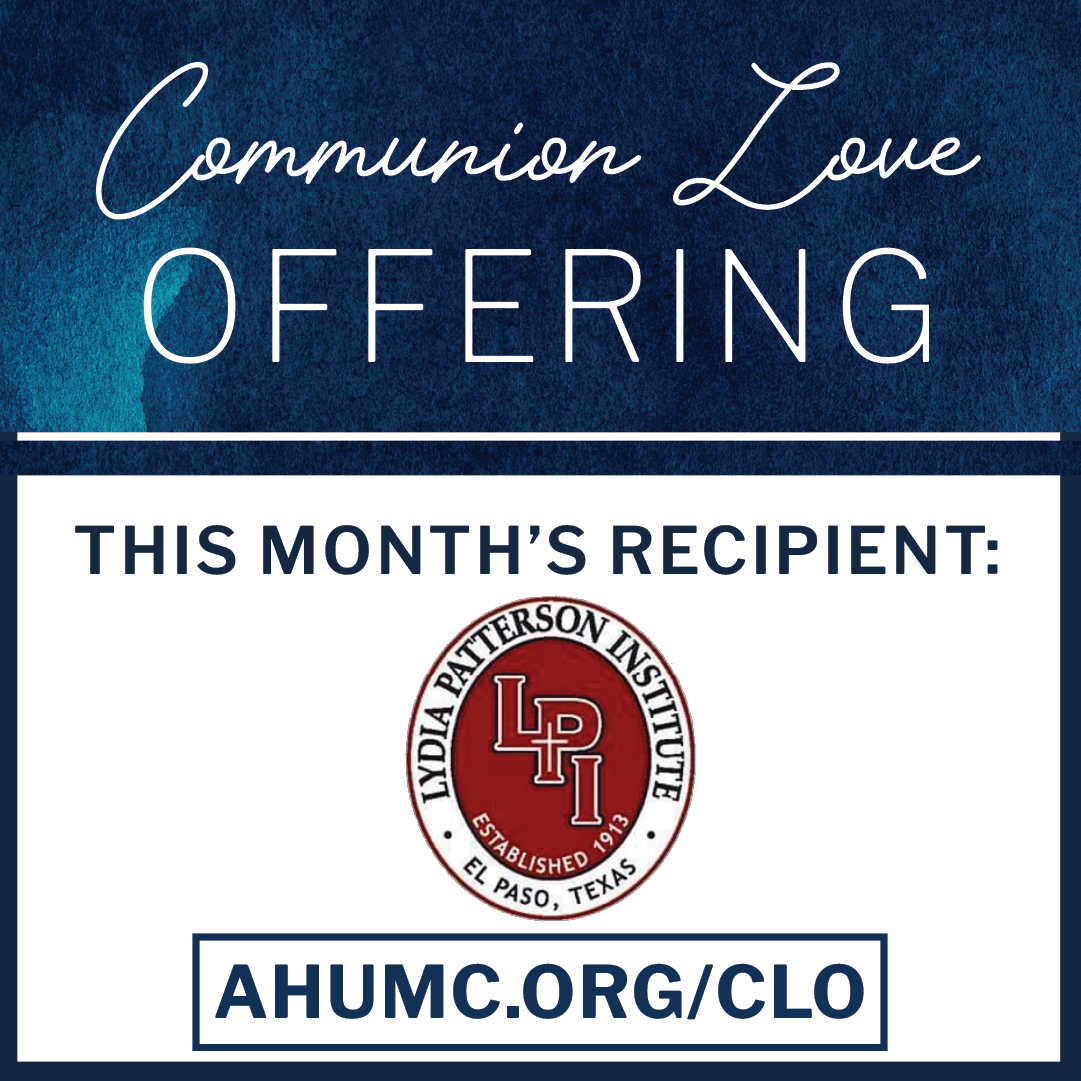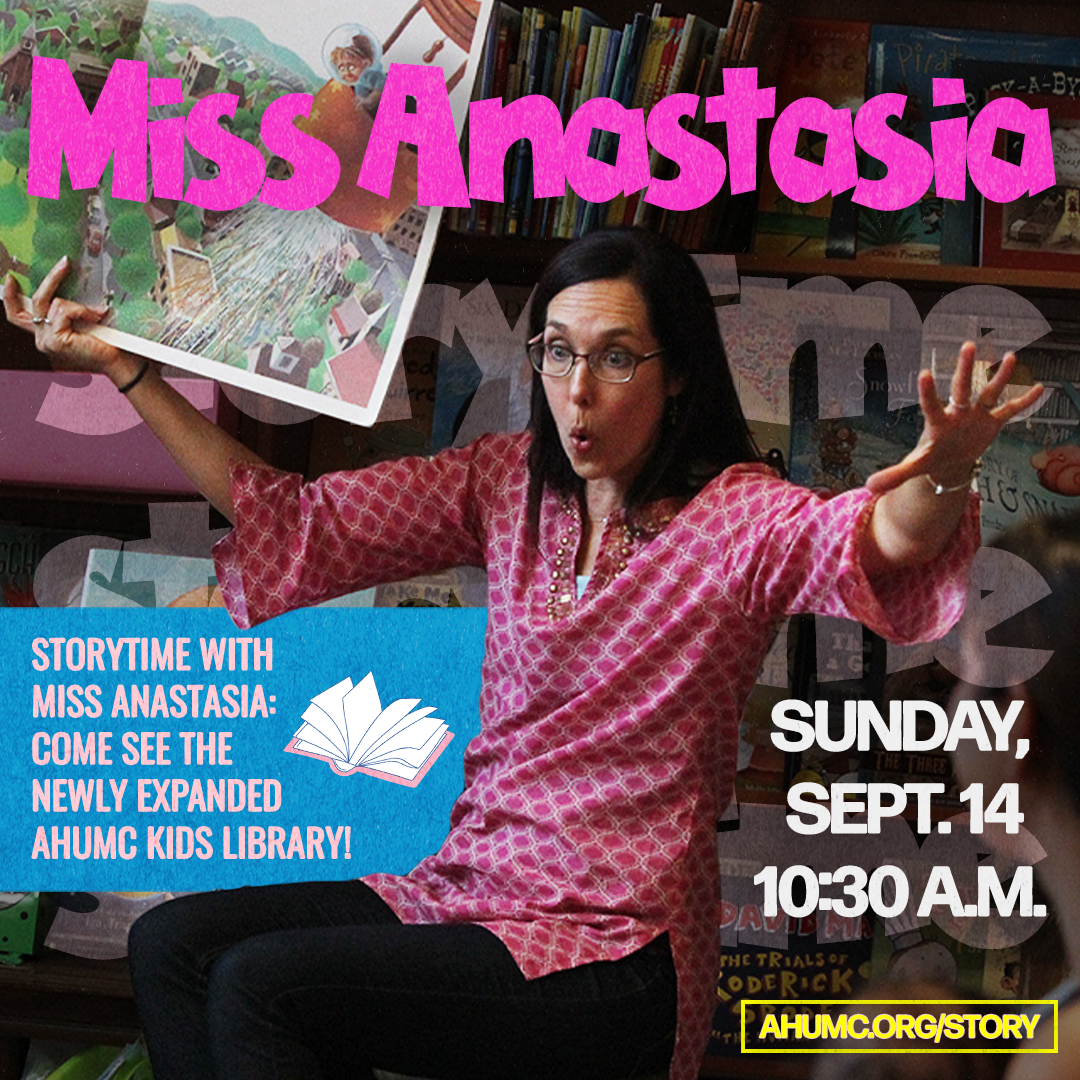Please join us on April 14
as we observe the Passover Seder prior to the Maundy Thursday service.
5:00 p.m. Seder Dinner in the Christian Life Center (CLC)
Seder meal crafted by Chef Colin Bryant and Mission Bell
Keeping the Passover feast in unusual or precarious circumstances is where the biblical story begins. Just as the ancient Israelites were invited to observe the feast while also being prepared to respond to unexpected circumstances, we find ourselves with a similar opportunity to commemorate and enact the biblical story amidst strange circumstances.
The eight-day festival of Passover is celebrated in the early spring, from the 15th through the 22nd of the Hebrew month of Nissan. It commemorates the emancipation of the Israelites from slavery in ancient Egypt as recorded in Exodus. The highlight of Passover is the Seder, observed on each of the first two nights of the holiday. Seder is translated as “order”—and although the Seder meals observed by our Jewish brothers sisters today differ from those of the first century, Jesus would have observed the festival of Passover and the Seder throughout his life.
All four gospels have Jesus and the disciples preparing for Passover shortly before his arrest. The synoptic gospels of Matthew, Mark, and Luke all convey a divine connection to the Passover remembrance of the Exodus as Jesus’ words at the “Last Supper” illuminated the work of the liberating God who freed Israel from Egypt.
Theologian and scholar Brian McLaren writes:
The original Passover recalled one kind of liberation—liberation from slavery in Egypt. This meal suggests another kind of liberation—liberation from playing the shame games of rivalry, pecking order, domination, and competition to reach the top of the pyramid of pride. If the first Passover gets people out from under the heel of the slave master, this holy meal leads people out from the desire to be slave masters in the first
place. This meal celebrates a new model of aliveness—a model of service, of self-giving, of being blessed, broken, and given for the well-being of others.
The AHUMC Seder is structured around remembering our deliverance from Egypt, remembering the calling of our Savior to be people of love and self-sacrifice, and wrestling with four questions that unite our stories with the stories of the liberating God of the Bible.
- The forbearers of our faith were slaves in Egypt. Where are we currently experiencing slavery or oppression in our own lives?
- The forbearers of our faith were brought out of Egypt into the wilderness—into a kind of death. Where are we experiencing death in our lives right now? Is there something in us that needs to die?
- God brought the forbearers of our faith into the Promised Land where their hearts were opened. They received new eyes to see and new ears to hear. Where in our lives are we experiencing a new movement of God? Where are we receiving new eyes to see and new ears to hear?
- As Abraham and Sarah undertook their own journey of transformation, they were called to bless all the other tribes of the earth (Genesis 12). In our own journey of transformation as children of Abraham and Sarah, how will we commit to be a blessing to others?
As with all of our remembrances and liturgical observances, keeping the Passover Seder should connect us to our journey of transformation and to our fellow travelers. Yet, keeping the Passover also fulfills two divine commandments—to commemorate the Exodus (Leviticus 23) and to teach the children (Deuteronomy 6). As Christians, we also embrace the instruction of Jesus to “do so in remembrance of me” (Luke 22).
Teaching on the commemorative power of the Passover ritual, Rabbi Jonathan Sacks wrote:
What gives Passover its enduring power is that it’s a way of handing on our memory and identity across the generations. It begins with a series of questions asked by the youngest child, and I can still remember when I asked them all those years ago when I was four or five in the company of my grandparents.
It’s a bit of a shock to realize that now I’m the grandparent and the young people doing the asking are my grandchildren. But what continuity that represents, seeing in the course of my life five generations telling the same story, asking the same questions, singing the same songs, learning what freedom means and what losing it feels and tastes like.
That’s the power of ritual, simple deeds that we do as children because it’s fun, and as adults because we know that the battle for freedom and human dignity is never over, and we must be prepared to fight for them in every age.
We hope that you will join us in observing the Passover in some way. The AHUMC Seder script—or Haggadah—is available as a free download. May God’s story of freedom and human dignity continue in us and through us.






